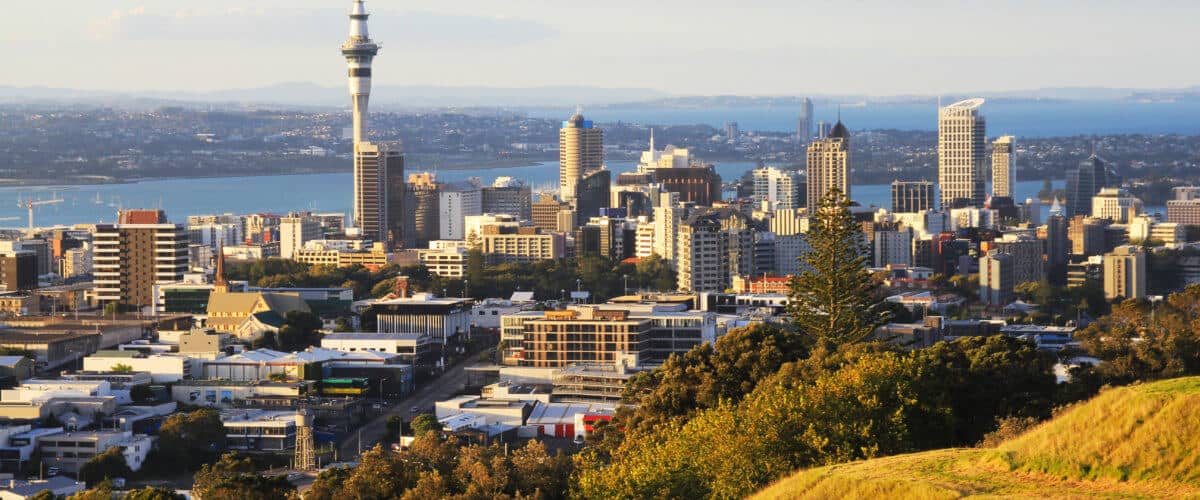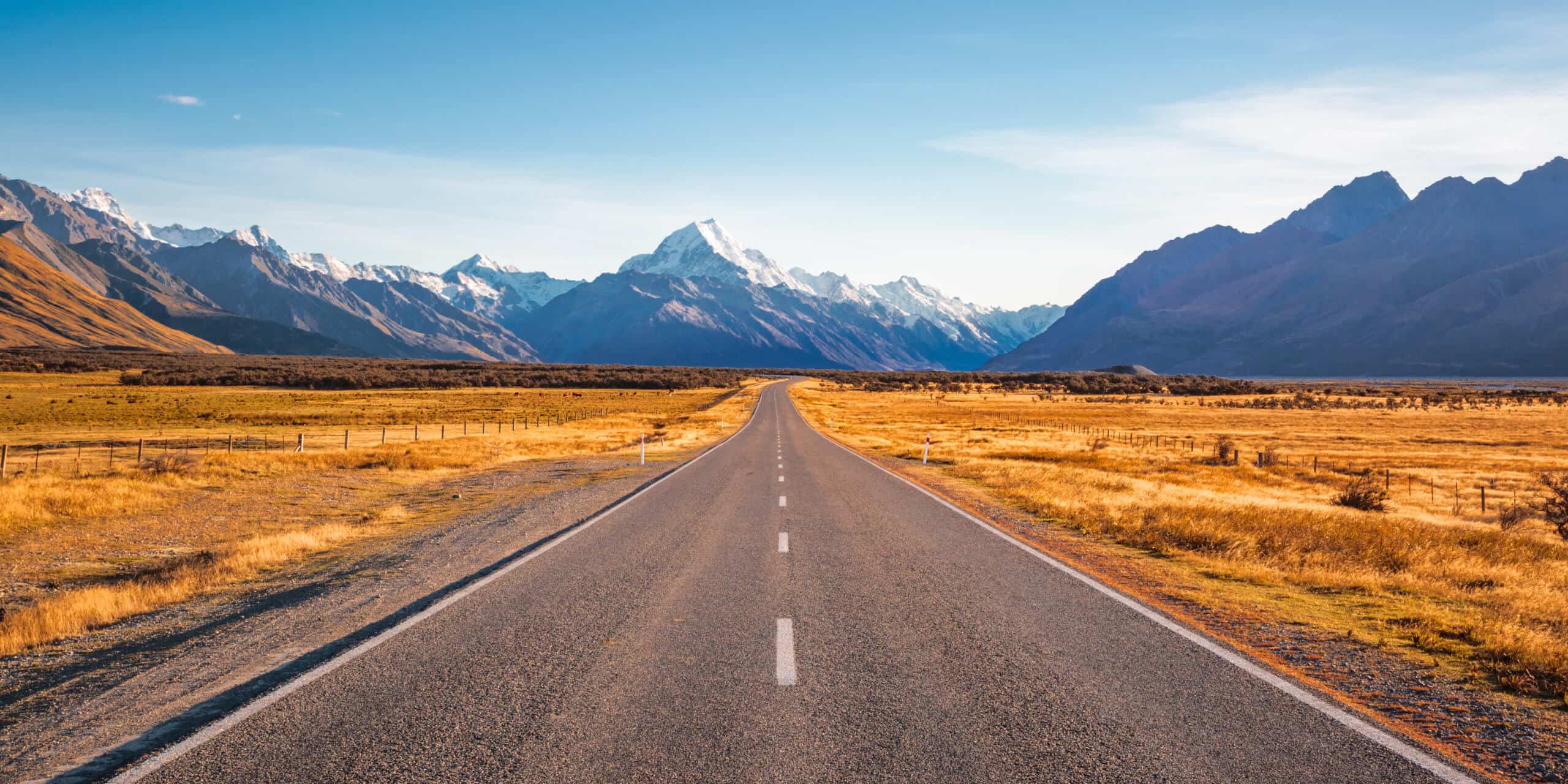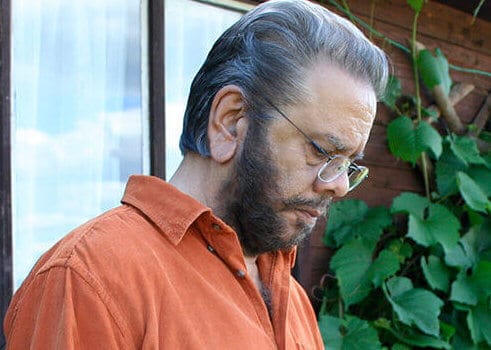With national wonders and typically hospitable people, New Zealand is at the top of most people's travel lists. Here's why.
This former British colony is known for being an absolutely top drawer democracy rated the best in the world.
Visitors to this country talk with genuine affection for its rolling green hills, majestic mountains, breathtaking fjords, the stunning diversity of the landscape of many of it’s islands and the people.
This nation consists of more than 700 islands. No one I asked knew the exact number.
Maoris and the Dutch
The first people to claim and inhabit this country were the Maori who most likely arrived from Polynesia between 1200 and 1300AD.
They were able to navigate by their keen sense of the ocean currents, winds and the position of the stars.
From Europe, it was the Dutch explorer Abel Tasman who is said to have reached the country in 1642 and the name New Zealand comes from the Dutch language ‘Nieuw Zeeland’ which was given to it by Tasman, after whom Tasmania the island state of Australia is named.
More than a century went by and then New Zealand began to be visited by Europeans from other countries. These were mainly whalers, sealers and traders.
It was only in the 1830s that the British government decided to colonise the country before the French would and went about signing the Treaty of Waitangi with more than 500 of the chiefs.
I’m not sure if the Maori chiefs could understand what they were signing away. Even then it took a good 20 years for the government to organise the first four ships, as they are known, to be sent to Canterbury, full with English colonists.
These colonists were called the Canterbury Pilgrims.
Call them settlers, call them colonists or what you will. They began farming on the south island and mining for gold.

However, on the north island it was not to be for another 20 years during which the Maori fought for their lands that were forcibly taken or bought from them.
All’s well that ends well. The north island eventually followed the economic progress of the south and the Maoris were treated well.
Today, there are several ethnic groups in this country of almost 5 million who live in harmony. Most are of European, Pacific, Asian and Middle Eastern descent.
As early as 1893 New Zealand granted it’s women the right to vote. Compare this with 1971 in Switzerland.
In 1907 it gained independence. It has been more than 100 years since NZ established the pension system and housing for workers.
The society is truly multiethnic and cosmopolitan. The government encourages people of all nationalities to settle there and about 25% of the population was born in other countries.
The must visit places are Fiordland National Park and Milford Sound, Bay of Islands, Queenstown, Lake Taupo and Tongariro National Park, Rotorua, Fox and Franz Josef Glaciers, Abel Tasman National Park & the Abel Tasman Coast Track, Aoraki/Mount Cook National Park, Napier – Hawke’s Bay, Auckland, Coromandel Peninsula and Kaikoura. I had mentioned visitors talk about the country with affection but some of these places and the scenery will probably bring tears to your eyes. The words stupendous and miraculous only begin to describe it.
Useful Information
There are nine sheep for every person in the country.
There are more than 400 golf courses, which is more than any other country in relation to the population. Bungee jumping remains popular.
The Kiwi fruit is originally from China and the Kiwi bird which does not fly is probably originally from New Zealand.
Nelson’s blue lake is the clearest lake in the world where you can see down to approximately 80 meters. Every school keeps a small quantity of uranium and thorium for conducting nuclear experiments. Wellington is the southernmost capital in the world.
The country has 5% of humans and the rest are animals which is the widest ratio in the world. Baldwin Street is the steepest residential street in the world in Dunedin having a gradient of 38 degrees.
NZ is the least corrupt nation in the world. Unlike Australia where snakes are quite common there are no snakes in New Zealand. More than 30% of the country comprises protected national parks.
For more than 30 years the country has enjoyed one of the best credit ratings in the world.
The Customs of New Zealand
- The New Zealanders are easily accommodating of foreigners since most of them are well traveled and educated. Just be easy around them and ask. They’ll tell you about the local customs.
- Sharing of food is common and is the influence of the Maori.
- Drink beer. More than 60% of alcoholic drinks sold in the country are different beers.
- Be social. Even at work. But don’t get personal.
- Not wearing shoes indoors is common and is an influence from the Maoris.
- For business, it’s the usual suit and for the ladies any tasteful attire. If you play golf, you’ll likely be invited for a round.
- Generally enjoy the country. The New Zealanders are nice people and rarely say ‘no’. If someone says ‘I’m not sure’ or similar, take it as a no.
In our last travel piece, we visited Spain, another nation with untapped beauty for you to enjoy.
Support us!
All your donations will be used to pay the magazine’s journalists and to support the ongoing costs of maintaining the site.
Share this post
Interested in co-operating with us?
We are open to co-operation from writers and businesses alike. You can reach us on our email at [email protected]/[email protected] and we will get back to you as quick as we can.










